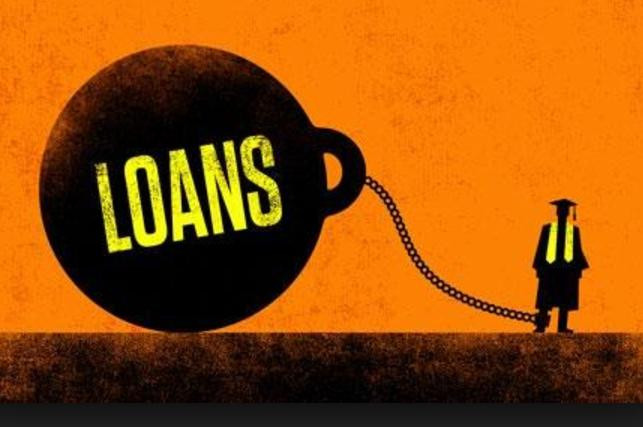Understanding Federal Loans for Undergraduate Students: A Comprehensive Guide to Financing Your Education
#### Federal Loans for Undergraduate StudentsWhen it comes to financing higher education, federal loans for undergraduate students play a crucial role in ma……
#### Federal Loans for Undergraduate Students
When it comes to financing higher education, federal loans for undergraduate students play a crucial role in making college accessible for many individuals. These loans are provided by the U.S. government and offer a range of benefits that can ease the financial burden of tuition fees, textbooks, and other educational expenses.
#### Types of Federal Loans
There are several types of federal loans for undergraduate students, each designed to meet different needs:
1. **Direct Subsidized Loans**: These loans are available to undergraduate students who demonstrate financial need. The government pays the interest while the student is in school at least half-time, during the grace period, and during deferment periods.
2. **Direct Unsubsidized Loans**: Unlike subsidized loans, these are available to all undergraduate students regardless of financial need. Interest accrues while the student is in school, and the borrower is responsible for paying it.
3. **Direct PLUS Loans**: These loans are available to graduate students and parents of dependent undergraduate students. They require a credit check and can cover the remaining costs of education after other financial aid has been applied.
#### Eligibility for Federal Loans
To qualify for federal loans for undergraduate students, applicants must meet certain criteria:

- Be a U.S. citizen or eligible non-citizen.
- Have a valid Social Security number.
- Be enrolled or accepted for enrollment in an eligible degree or certificate program.
- Maintain satisfactory academic progress in college or career school.
It's essential for students to complete the Free Application for Federal Student Aid (FAFSA) to determine their eligibility and the amount they can borrow.
#### Application Process

The application process for federal loans for undergraduate students begins with filling out the FAFSA. This form collects financial information from students and their families to assess their financial need. Once the FAFSA is processed, students will receive a Student Aid Report (SAR) that summarizes their financial information and indicates their eligibility for federal loans.
#### Loan Limits
There are annual and aggregate loan limits for federal loans for undergraduate students. The amount a student can borrow depends on their year in school and whether they are dependent or independent. Generally, first-year students can borrow up to $5,500, while seniors can borrow up to $7,500 annually.
#### Repayment Options
One of the significant advantages of federal loans for undergraduate students is the variety of repayment options available. Students can choose from several plans, including:
- **Standard Repayment Plan**: Fixed monthly payments over ten years.

- **Graduated Repayment Plan**: Payments start low and increase every two years.
- **Income-Driven Repayment Plans**: Payments are based on income and family size, making them more manageable for borrowers.
Additionally, borrowers may qualify for loan forgiveness programs if they work in certain public service jobs.
#### Conclusion
In summary, federal loans for undergraduate students are a vital resource for financing education. They provide students with the opportunity to pursue their academic goals without the immediate burden of high tuition costs. Understanding the types of loans available, eligibility requirements, and the application process is essential for students looking to make informed financial decisions about their education. With careful planning and management, federal loans can pave the way for a successful academic journey and a bright future.